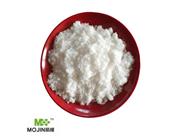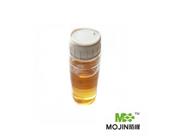| CAS: | 99607-70-2 |
| MF: | C18H22ClNO3 |
| MW: | 335.83 |
| EINECS: | 619-447-3 |
| Product Categories: | Alpha sort;C;CAlphabetic;CI - CL;Pesticides&Metabolites |
| Mol File: | 99607-70-2.mol |
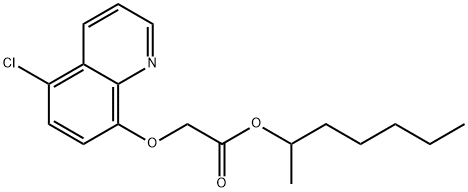 |
|
| Cloquintocet-mexyl Chemical Properties |
| Melting point | 69° |
| Boiling point | 448.4±30.0 °C(Predicted) |
| density | 1.163±0.06 g/cm3(Predicted) |
| vapor pressure | 0-54.4Pa at 25-185.9℃ |
| storage temp. | Sealed in dry,2-8°C |
| solubility | Chloroform (Slightly), DMSO (Slightly), Ethyl Acetate (Slightly) |
| pka | 1.94±0.29(Predicted) |
| form | neat |
| color | White to Off-White |
| Merck | 14,2401 |
| Stability: | Stable. Incompatible with strong oxidizing agents. |
| LogP | 5.2-5.24 at 25℃ and pH5-9.1 |
| Surface tension | 56.8-57.2mN/m at 590μg/L and 20℃ |
| Dissociation constant | 3.55 at 20℃ |
| CAS DataBase Reference | 99607-70-2(CAS DataBase Reference) |
| EPA Substance Registry System | Cloquintocet-mexyl (99607-70-2) |
| Cloquintocet-mexyl Usage And Synthesis |
| Description | Cloquintocet-mexyl is a colourless crystalline herbicide safener. It is categorized as Class III toxin. |
| Chemical Properties | beige solid |
| Uses | Cloquintocet-mexyl is used as a herbicide. |
| Uses | Cloquintocet-mexyl is a herbicide. It is used to control coarse annual grass of the family poaceae (gramineae). lt was developed by the swiss ciba geigy in the 1980s and the patent has expired. |
| Definition | ChEBI: Heptan-2-yl [(5-chloroquinolin-8-yl)oxy]acetate is a member of the class of quinolines that is quinoline which is substituted by a chloro group at position 5 and by a 2-[(heptan-2-yl)oxy]-2-oxoethoxy group at position 8. It is an aromatic ether, an organochlorine compound, a member of quinolines and a carboxylic ester. |
| Agricultural Uses | Cloquintocet-mexyl is a safener that can be used in conjunction with various herbicides to reduce phytotoxicity to crops. Though effective as a safener, the manufacture, storage, and use of cloquintocet-mexyl containing products can present challenges owing to its sensitivity to water and its low melting temperature (i.e., 61-69° C. for technical material). When products containing cloquintocet-mexyl are prepared, stored, or used in the presence of water, cloquin tocet-mexyl can undergo hydrolysis to form cloquintocet acid, and/or form a needle-shaped, crystalline hydrate that can, lead to clogged spray nozzles during spray applications and/or possibly increased levels of crop phytotoxicity. |
| Carcinogenicity | In accordance with the EPA Proposed EPA Weight-of-the-Evidence Categories, August 1999, the HIARC classified cloquintocet-mexyl as "not likely to be a human carcinogen." Carcinogenicity studies in rats and mice did not show increased incidence of spontaneous tumor formation. With negative mutagenic test battery, it is suggested that cloquintocet-mexyl (CGA 185072) is not likely to be a human carcinogen. |
| Metabolism | Metabolism studies in rats indicated that approximately 40% of the administered dose of cloquintocet-mexyl was absorbed through the gastrointestinal tract and subsequently excreted via the urine. Fecal excretion accounted for approximately 60% of the administered dose. The chemical was rapidly eliminated (more than 80% of the administered dose) via feces and urine within 48 hours post-dosing. Sex, dosing regime, and dose levels had little effect on the excretion pattern. Excretion patterns were similar between the biliary cannulated and non-cannulated animals indicating that there was no enterohepatic circulation of the chemical. Three days after administration, tissue radioactivity accounted for less than 0.3% of the administered dose (or was non-detectable) and was not detectable in the expired air. At day three post-dosing, most tissue residues of radioactivity were below the limit of detection. The major metabolic pathway of cloquintocet-mexyl was ester hydrolysis to yield 5-chloro-8-quinolinoxy acetic acid, the major metabolite in the fecal and urinary pools. |
| Toxicity evaluation | Cloquintocet-mexyl has a low order of acute oral, dermal, and inhalation toxicity. It is slightly irritating to the eyes and non-irritating to the skin. Cloquintocet-mexyl is a skin sensitizer. The chemical is not genotoxic and is not a reproductive and developmental toxicant. There is no evidence of neurotoxicity in the available studies. Cloquintocet-mexyl is classified as “not likely to be a human carcinogen.” The main metabolite for cloquintocet-mexyl is 5-chloro-8-quin-linoxyacetic acid, and testing on the metabolite is part of the toxicology database for cloquintocet-mexyl. |
Packing &shipping&Payment
Packing:25kg/drum
Shipping:by sea or by air
Payment:T/T,western union,moneygram
Packaging Details drum
Port:Tianjin
Lead Time :
| Quantity(Kilograms) | 1 - 10000 | >10000 |
| Est. Time(days) | 5 | To be negotiated |

 Company information
Company information
Hebei Mojin Biotechnology Co., Ltd, Our company is a professional in 4'-Methylacetophenone,Levamisole hydrochloride ,N-Methylformamide and other chemical reagents research and development production enterprises. Our business covers more than 30 countries, most of the big customers come from Europe, America and other countries in the world, we can guarantee the quality and price. In recent decades, with the efforts of all employees, we have established many cooperative companies in shandong, henan, guangdong and other places. Our corporate purpose is based on the market, enhance the strength, take the road of scientific and environmental sustainable development, relying on the country. Technology r & d center, increase the investment in r & d, based on the domestic market, expand the international market, manufacturing quality products, sincere service to the society, into a modern, ecological, scientific and technological enterprise world.
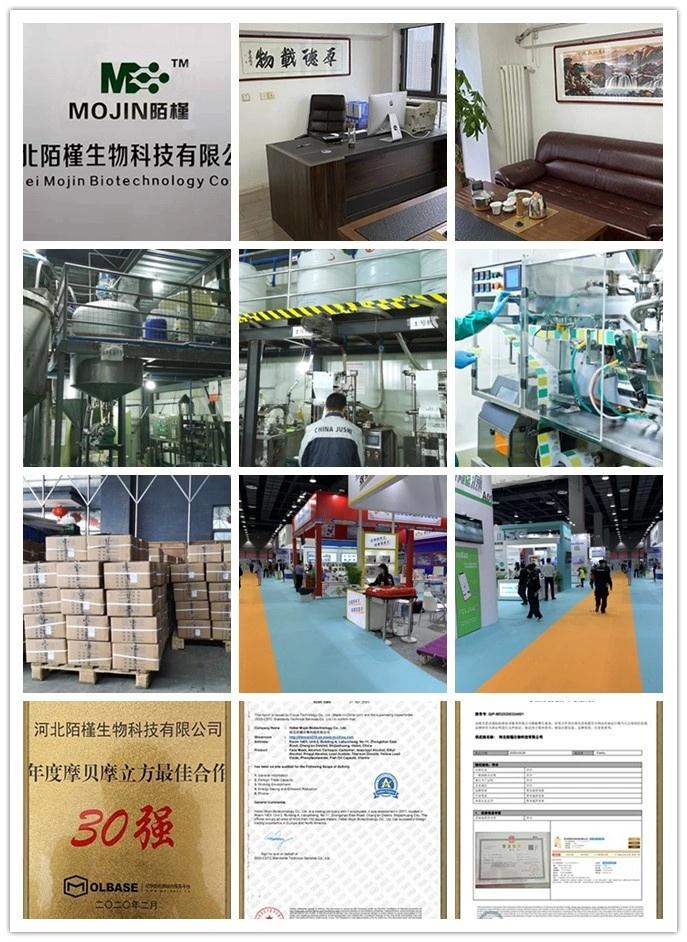 Advantage
Advantage
In stock
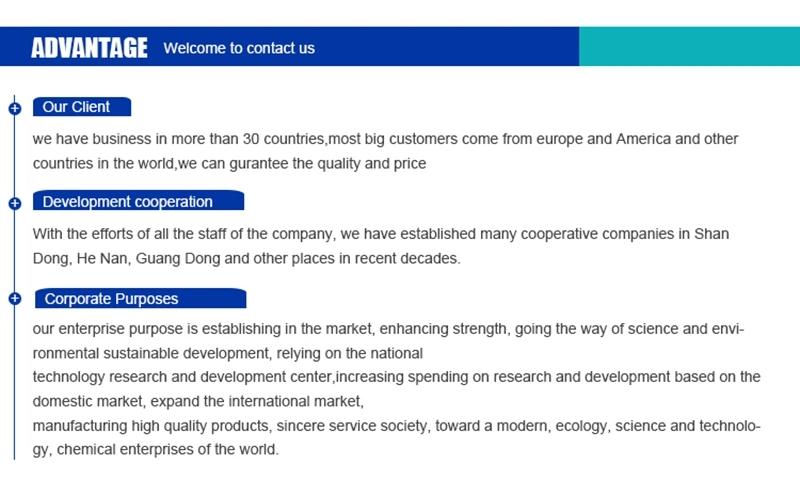

 Japan
Japan
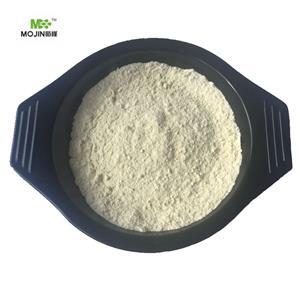
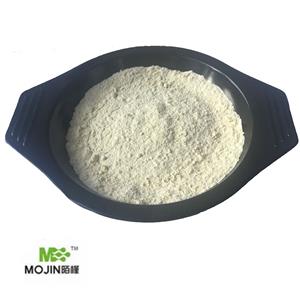
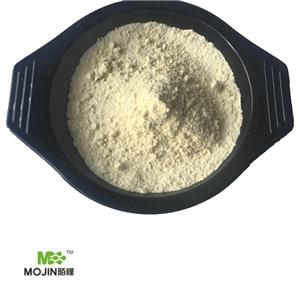
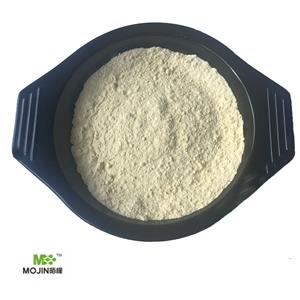
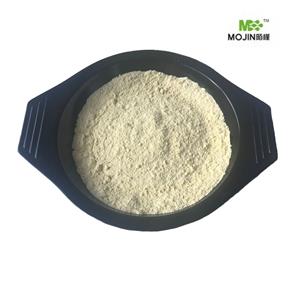


 Company information
Company information Advantage
Advantage
